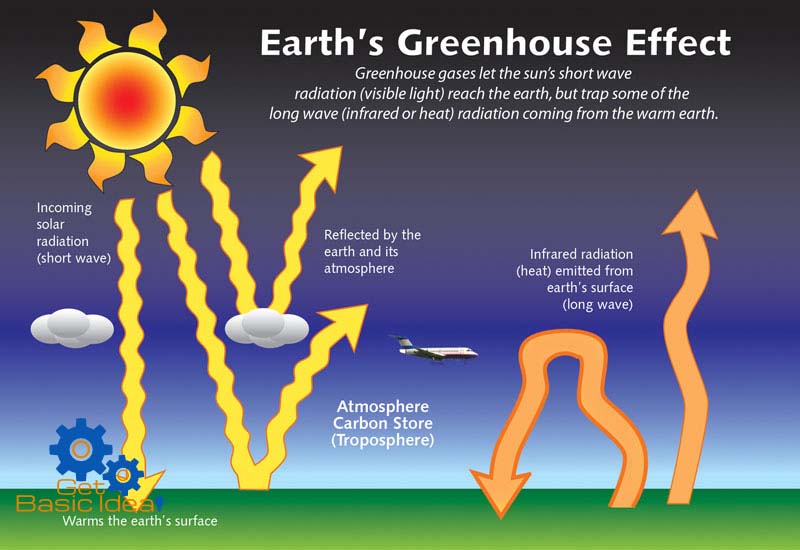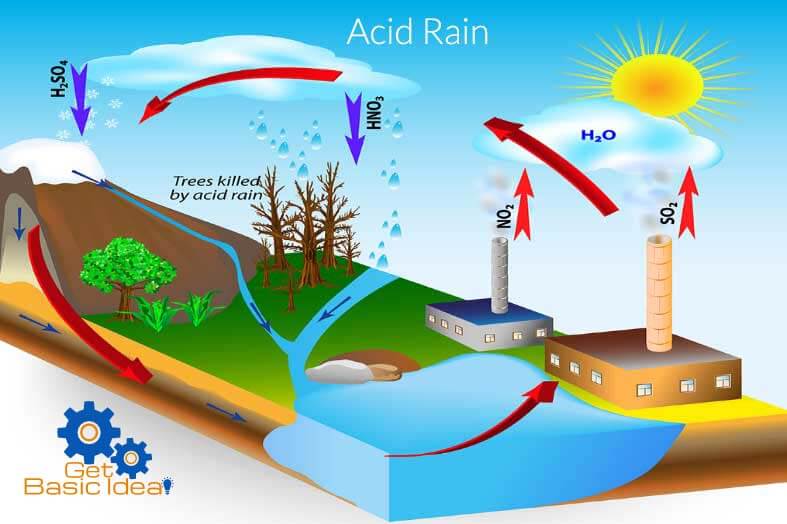What's In The Earth's Deepest Place?
The Earth is a mysterious place with mysterious events and things that exists. Ranging from ancient monuments such as Stonehenge and the Pyramids to unexplained disappearances like the Bermuda Triangle many things are not yet defined by anyone.
Today you are going to learn a few things about such a mysterious place on Earth. The Mariana Trench is the Earth's deepest place.
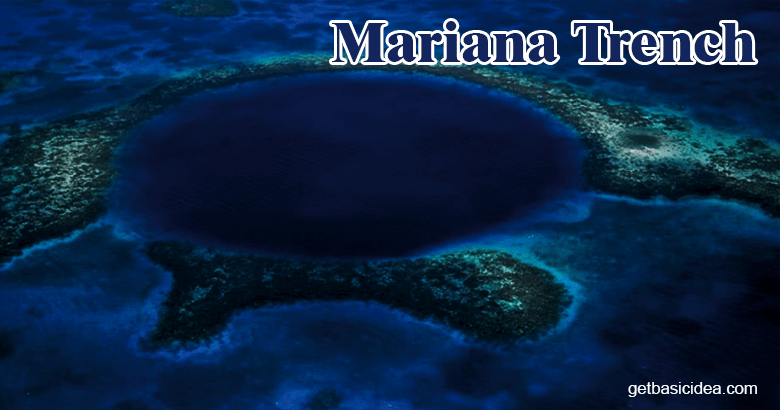
Mariana Trench is one of the most unexplored places in the world because its extreme depths and conditions make it extremely challenging to explore.
The Mariana Trench is located in the western Pacific Ocean and is approximately 2,550 kilometers long and 69 kilometers wide. It is home to the deepest point on Earth, called the Challenger Deep. This is estimated to be around 11 kilometers deep.
Due to the extreme pressure, darkness, and cold temperatures in the trench, exploration of the area is difficult and risky. Only a few manned expeditions have been able to reach the bottom of the trench. These expeditions have been limited in their ability to explore due to the technology and equipment available.
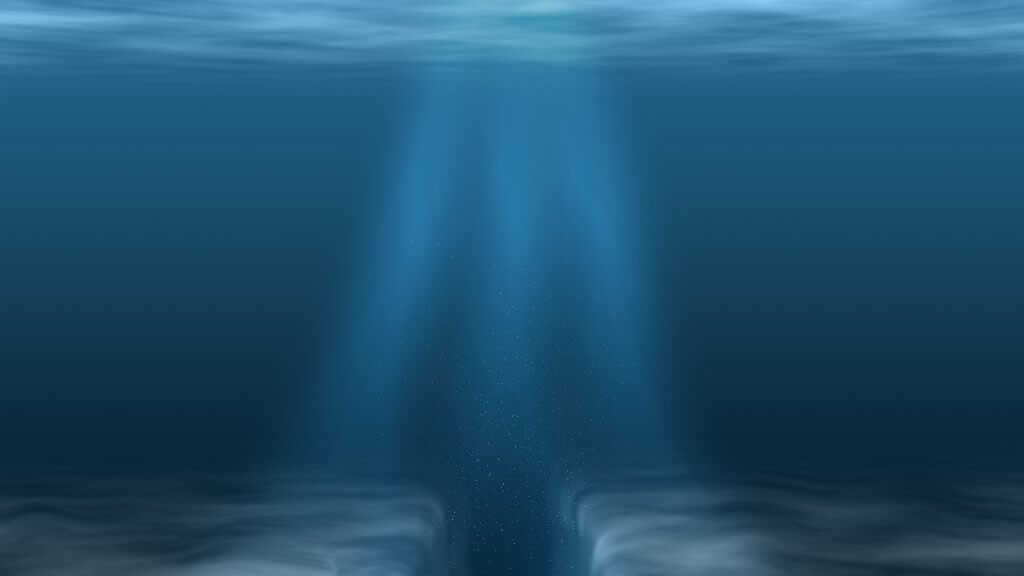
Furthermore, the extreme conditions of the trench also make it difficult for marine life to survive. So the organisms that live there are adapted to survive in harsh environments that are not yet discovered. Therefore, studying the unique ecosystems of the Mariana Trench is also a major scientific challenge.
Despite these difficulties, scientists continue to explore the Mariana Trench using advanced technologies such as remotely operated vehicles and autonomous underwater vehicles. However, much of the trench remains unexplored, and there is still much to learn about this mysterious and fascinating place.
How are trenches made?
The ocean trenches, like the Mariana Trench, were not "made" in the traditional sense. Instead, they were formed by natural geological processes over millions of years.
Ocean trenches are typically located at subduction zones, where two tectonic plates are colliding and one plate is forced to dive beneath the other into the Earth's mantle. As the plate descends, it creates a long, narrow depression in the ocean floor that we refer to as a trench.
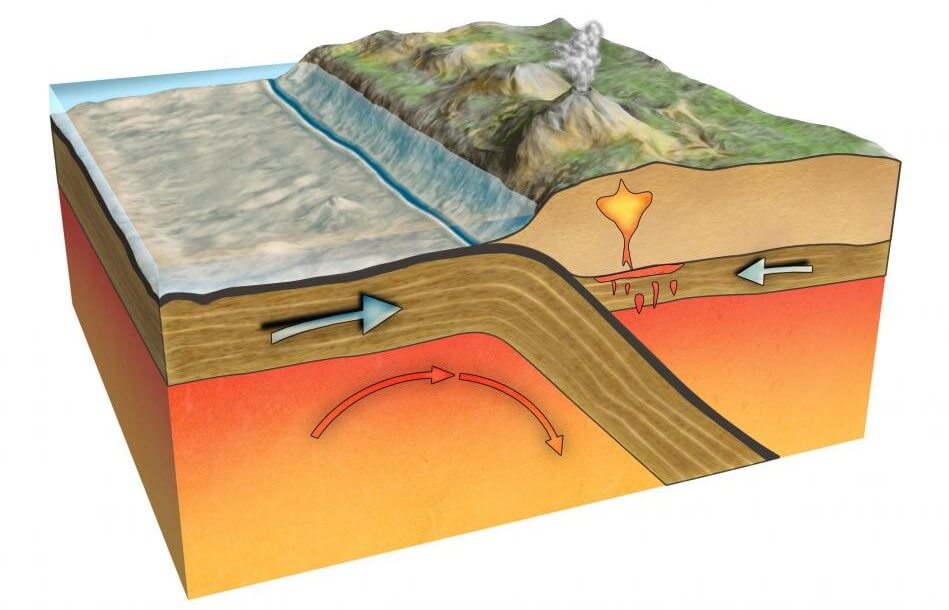
Important facts about Mariana Trench
Now, you already know the size and the depth of the Mariana Trench, here are some more facts you might be interested in.
For the first time, the Mariana Trench was explored by the British ship H.M.S. Challenger in 1875. The Challenger's scientists measured a depth of nearly 5 miles or 8 kilometers. They did this with the help of a weighted-sounding rope.
Again using an echo sounder, the British ship H.M.S. Challenger II returned to the area in 1951. At that time they determined the depth of the trench is about 7 miles or 11 kilometers.
The Mariana Trench is now a US-protected area ever since 2009 as part of the Marianas Trench Marine National Monument, created by President George W. Bush.
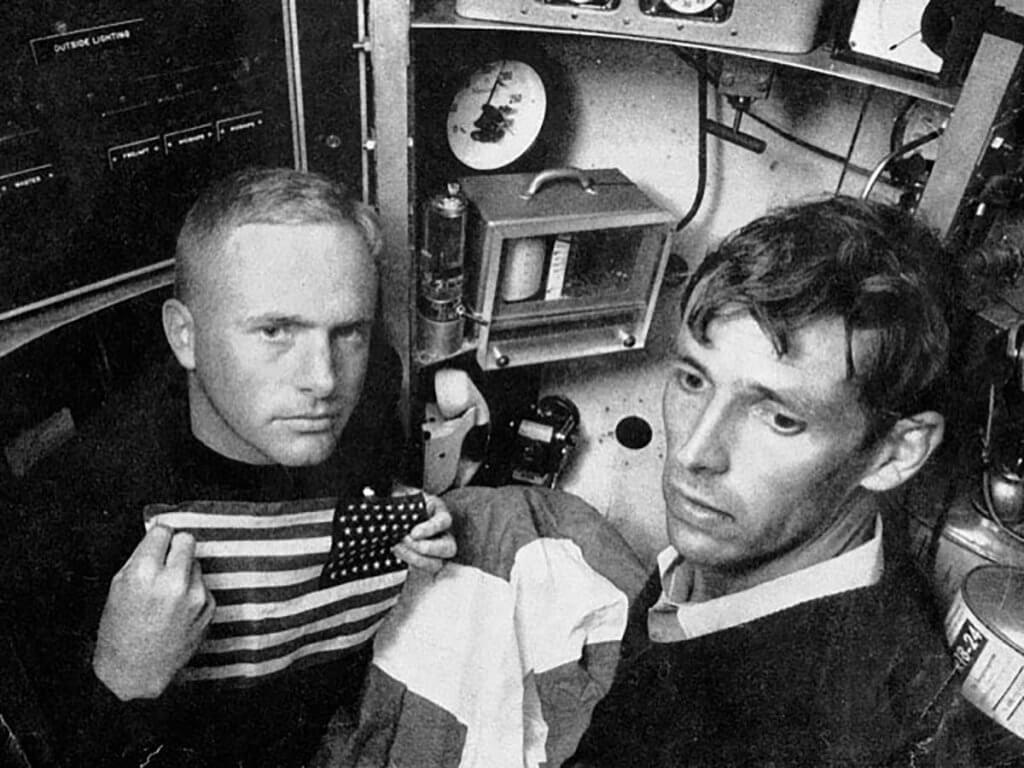
More than 50 years ago, in 1960 two people dived into the Challenger Deep. They are United States Navy, Jacques Piccard, and Navy Lt. Don Walsh. After a five-hour dive, they were unable to capture pictures because of silt clouds on their passage.
Does life exist in deep water?
Before Piccard and Walsh's dive, scientists argued over whether life could exist at all. Nevertheless, near the bottom, the Trieste's floodlight revealed a species that Piccard mistakenly believed to be a flatfish. Piccard would later write with delight about this encounter in a book about his expedition.
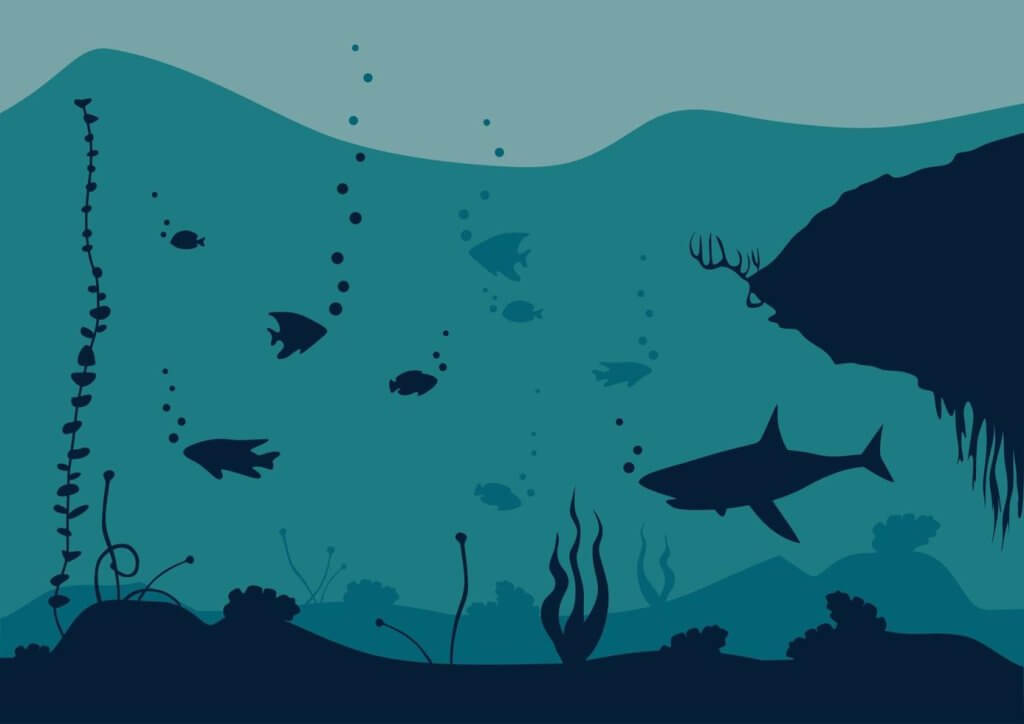
The Trieste mission addressed any questions regarding the possibility of life in the Mariana Trench. Some even wonder if Piccard's fish wasn't a type of sea cucumber.
According to the facts, the pressure around Mariana Trench is so high that vertebrates' bones would physically disintegrate since calcium can only exist in solution under such extreme pressure. No fish, no bones. But because of its incredible potential for adaptation, nature has frequently shown scientists to be wrong.
So, do fish exist so far down? It's still a mystery.
Creatures found in deep sea
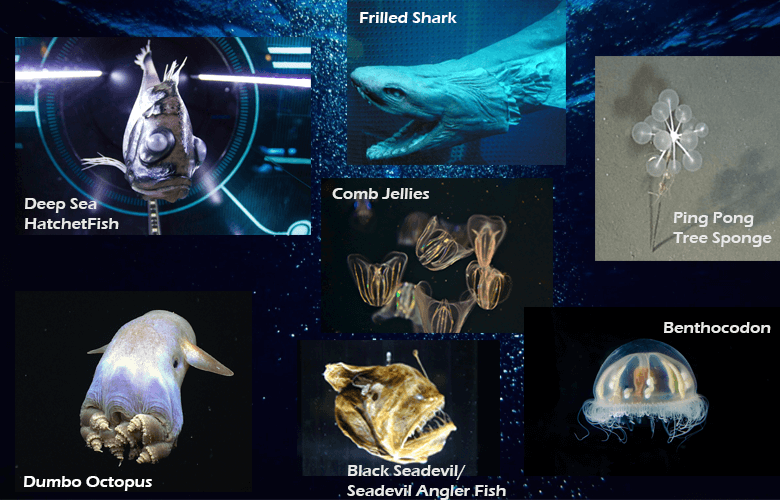
The above are some fishes or creatures that are found in the deep sea around Mariana Trench. But these creatures were not around the bottom of the Mariana Trench. Some say, some extinct animals like Megalodon still roam around the bottom of the Mariana Trench. But no one has ever found acceptable evidence to prove this fact.
Author of Get Basic Idea – The Knowledge Base / Bachelor of Technology – BTech, Mechatronics, Robotics, and Automation Engineering.

